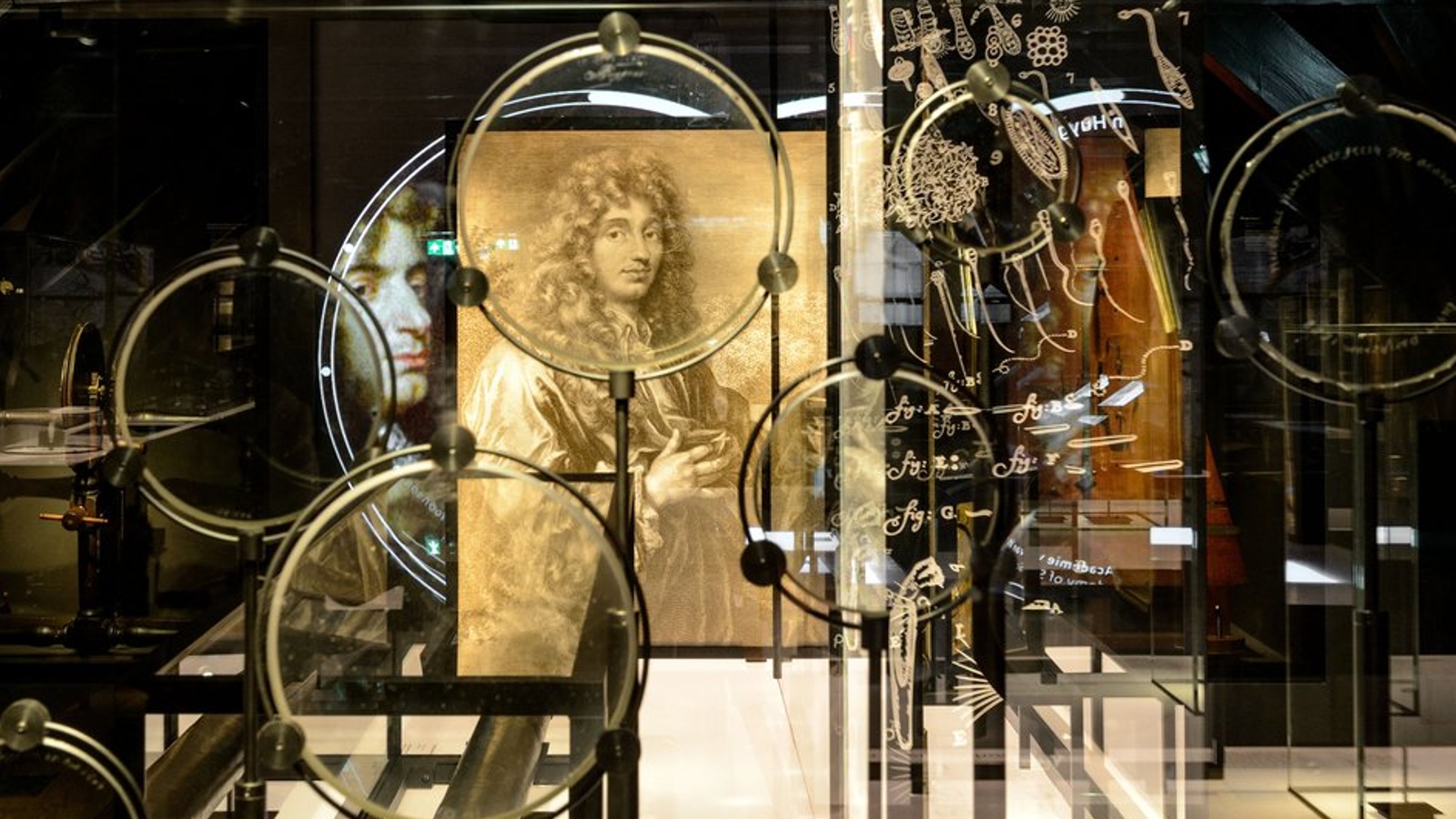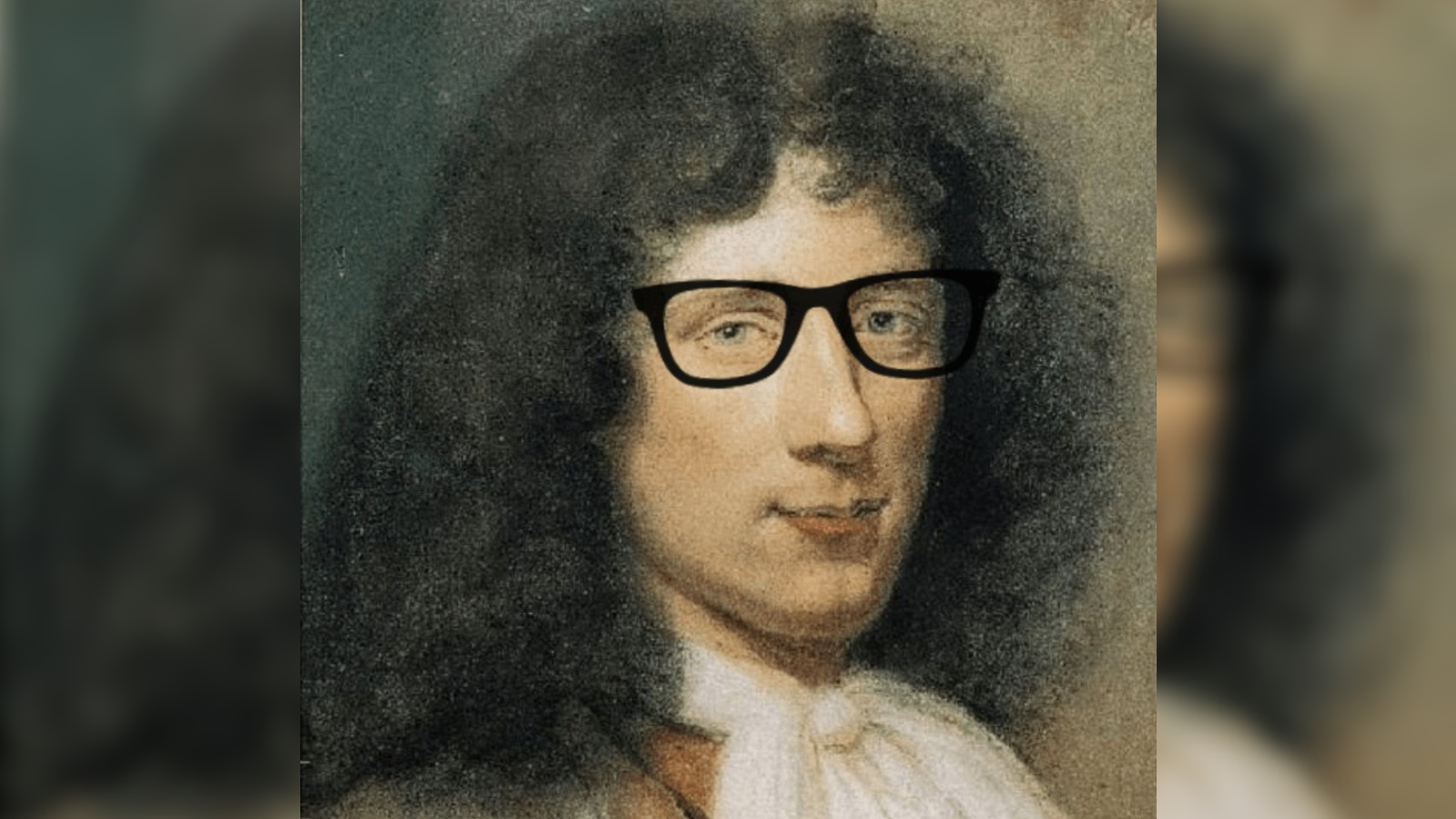Renowned astronomer who discovered Saturn’s largest moon was probably nearsighted, his telescopes show
A new study has revealed that famous Dutch astronomer Christiaan Huygens was probably nearsighted, which explains why his telescopes weren't quite as good as his rivals'.

The renowned Dutch astronomer Christiaan Huygens was probably nearsighted, a new study looking into the telescopes he built more than 300 years ago has found. The results even suggest what glasses the astronomer could have benefited from wearing, making this potentially the world's first posthumous eyeglass prescription.
Huygens (1629 to 1695) was a polymath who made significant contributions to the fields of mathematics, physics, engineering and astronomy. He is best known for inventing the pendulum clock, proposing that light is made out of waves, helping unravel the secrets of Saturn's rings and discovering Titan, Saturn's largest moon. The European Space Agency's Huygens probe, which landed on Titan on Jan. 14, 2005, was named in his honor.
Huygens built his own telescopes, alongside his brother Constantijn, which he used to make his astronomical discoveries. However, despite Huygens’ success in the field, subsequent analysis of his telescopes has revealed that his instruments do not produce images with a resolution as clear as those made by his contemporaries, even though the lenses he made were of the highest quality.
In a new study published March 1 in the journal Notes and Records: the Royal Society Journal of the History of Science, Alex Pietrow, a researcher at the Leibniz Institute for Astrophysics Potsdam in Germany, took a closer look at how the lenses used in Huygens' telescopes matched up with the instruments' eyepieces and determined that the astronomer was probably nearsighted.
"Because Huygens did not need eyeglasses in daily life, he probably did not think about it when making telescopes," Pietrow said in a statement. "So he unconsciously included this eye defect into his designs." This may have prevented Huygens from creating even more powerful telescopes than the ones he built, Pietrow added.
Related: Only filmed interview with Georges Lemaître, 'father of the Big Bang,' rediscovered after 60 years

Nearsightedness, also known as myopia, is a common vision condition where near objects appear clear, while distant objects appear blurry. The condition is often caused by an elongation of the eyeball. In people without an eye condition, when light rays bend, or refract, into the eye the light focuses on the retina at the back of the eyeball, which sends signals to the brain that get interpreted into an image. But in people with myopia, the shape of the eyeballs causes the light rays to focus slightly in front of the retina, which makes the resulting image a bit blurry, according to the Mayo Clinic.
Sign up for the Live Science daily newsletter now
Get the world’s most fascinating discoveries delivered straight to your inbox.
Huygens built his telescopes through a process of trial and error by matching together various combinations of lenses and eyepieces. After perfecting this process, Huygens created a mathematical table that listed optimal lens-eyepiece pairings, which he used to make all his subsequent telescopes.
Pietrow believes that Huygens inadvertently compensated for his nearsightedness so that the images produced by his telescopes appeared clear to him. Based on the mathematical table written by Huygens, Pietrow believes that Huygens' vision could have been corrected by eyeglasses with –1.5 diopters, suggesting the astronomer's myopia was not that severe. As a result, Huygens would not have needed glasses in his everyday life and was probably totally unaware of his condition.
In today's world, Myopia is more commonly diagnosed when people struggle to read distant road signs while driving, which was not a problem when Huygens was building his telescopes, according to the statement.
Being able to determine exactly how nearsighted Huygens was means that "this is likely the first posthumous eyeglass prescription ever," Pietrow said. The fact it has been made for someone who lived almost 330 years ago is even more special, he added.

Harry is a U.K.-based senior staff writer at Live Science. He studied marine biology at the University of Exeter before training to become a journalist. He covers a wide range of topics including space exploration, planetary science, space weather, climate change, animal behavior and paleontology. His recent work on the solar maximum won "best space submission" at the 2024 Aerospace Media Awards and was shortlisted in the "top scoop" category at the NCTJ Awards for Excellence in 2023. He also writes Live Science's weekly Earth from space series.










